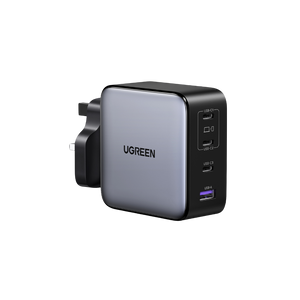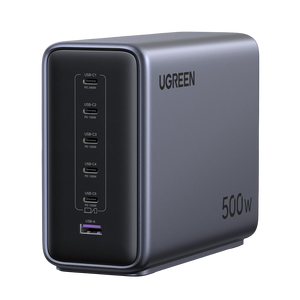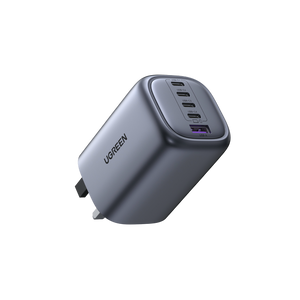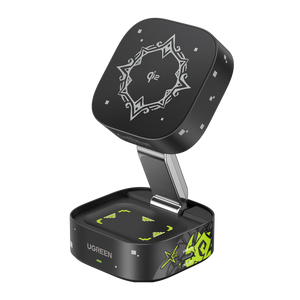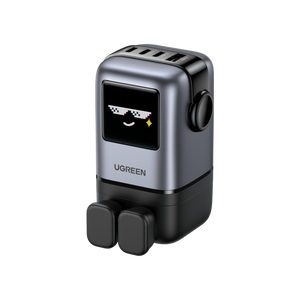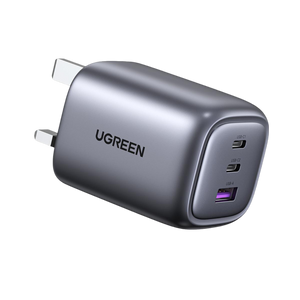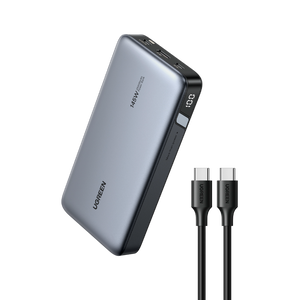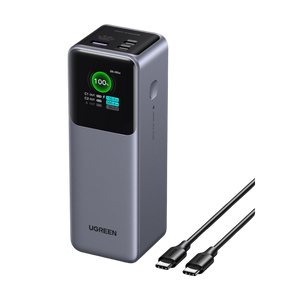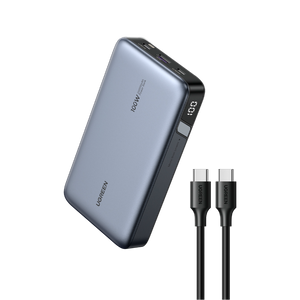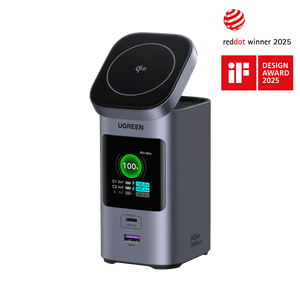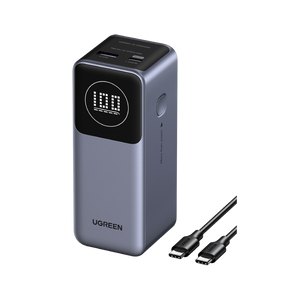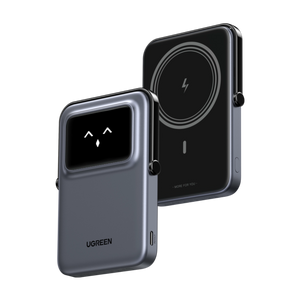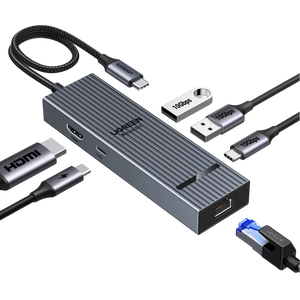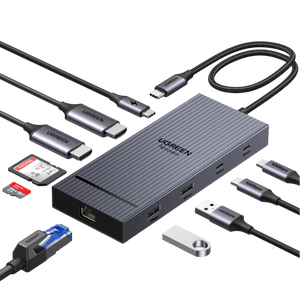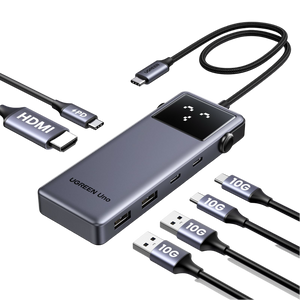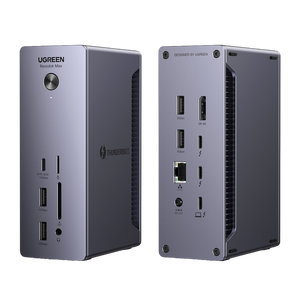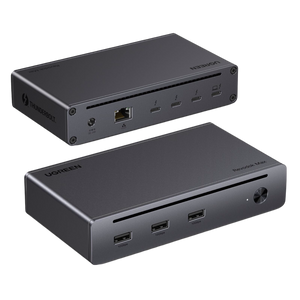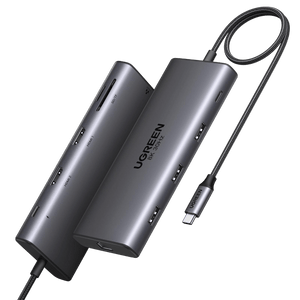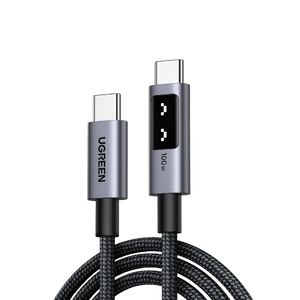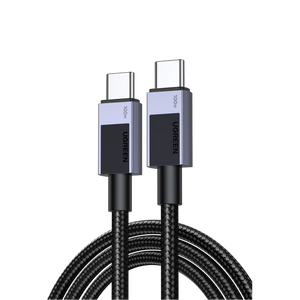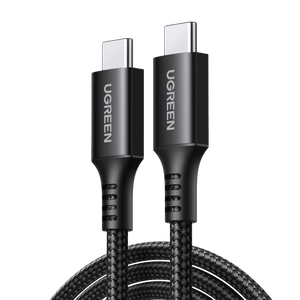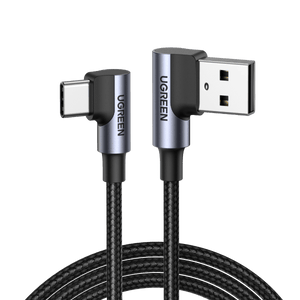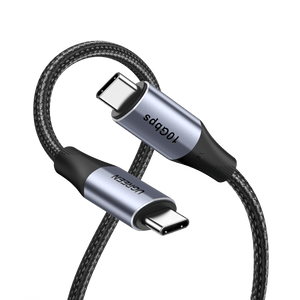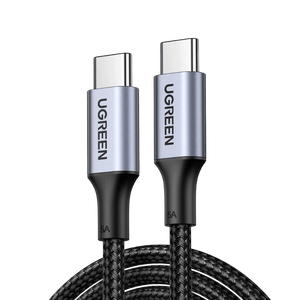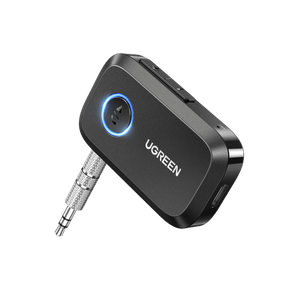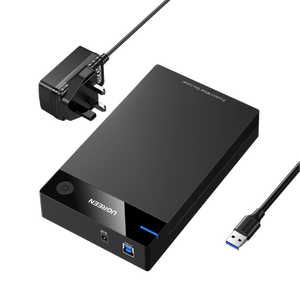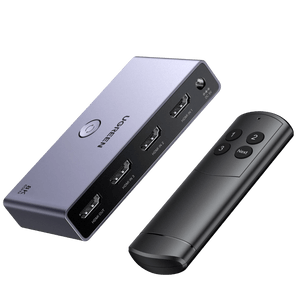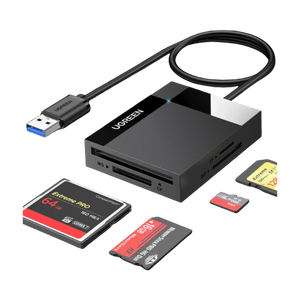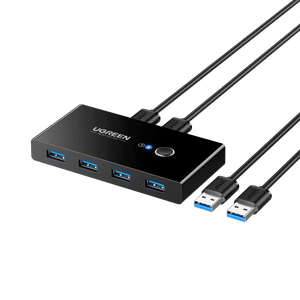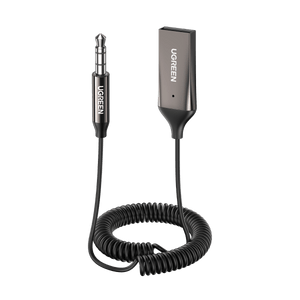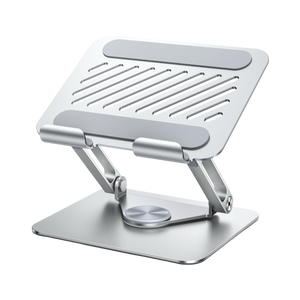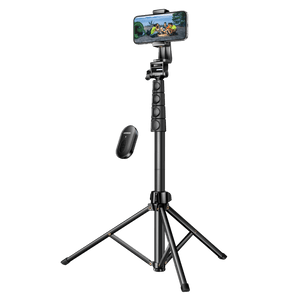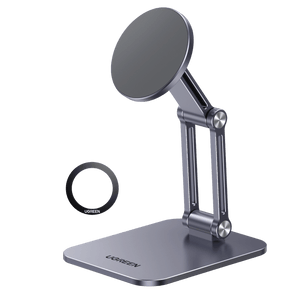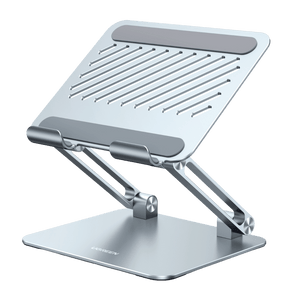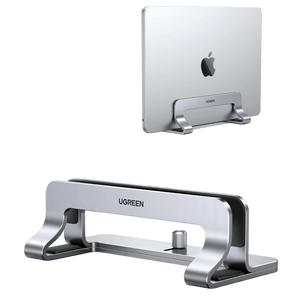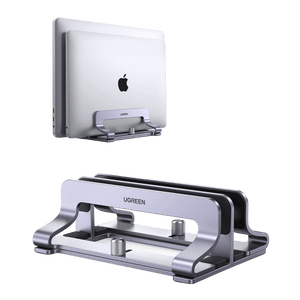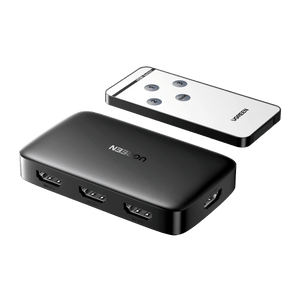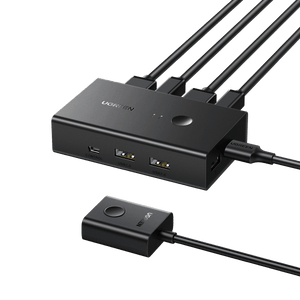Exploring Wireless Charging: What is Wireless Charging and How it Works?
Wireless charging has become increasingly popular in recent years, offering a convenient and hassle-free way to power up your devices. With the growing number of smartphones, smartwatches, and other gadgets supporting wireless charging, it's essential to understand what wireless charging is and how it works. In this article, we'll explore the basics of wireless charging technology, its benefits, and the factors that affect its efficiency.
What Is Wireless Charging?
Wireless charging, also known as inductive charging, is a method of charging electronic devices without the need for a physical connection to a power source. Instead of plugging a cable into your device, you simply place it on a wireless charging pad, and it begins to charge. This technology relies on the fundamental principles of electromagnetic induction, which involves the transfer of energy between two objects through a shared magnetic field.
There are two main types of wireless charging: inductive and resonance. Inductive charging is the most common method and is used in most wireless charging devices today. Resonance charging, on the other hand, is a newer technology that allows for greater distances between the device and the charging pad. The Qi standard, which is widely adopted in the industry, ensures compatibility between different wireless charging devices.

How Does Wireless Charging Work?
Inductive wireless charging works by using two coils: a primary coil (transmitter) in the charging pad and a secondary coil (receiver) in the device being charged. When an electric current passes through the primary coil, it creates a magnetic field around it. When the secondary coil is placed within this magnetic field, it induces an electric current in the secondary coil, which is then used to charge the device's battery.
The UGREEN Magnetic Wireless Car Charger is an excellent example of a device that utilizes inductive charging technology. This car charger allows you to charge your smartphone wirelessly while on the go, ensuring that you never run out of battery during your travels.
Resonant charging, on the other hand, uses a slightly different principle. It involves the use of two resonant coils that are tuned to the same frequency. When the coils are in close proximity, they can transfer energy efficiently, even over longer distances compared to inductive charging.
Radio frequency (RF) charging is another method that has the potential for longer-range charging. This technology uses high-frequency radio waves to transfer energy between the transmitter and receiver, allowing for greater distances between the device and the charging pad.
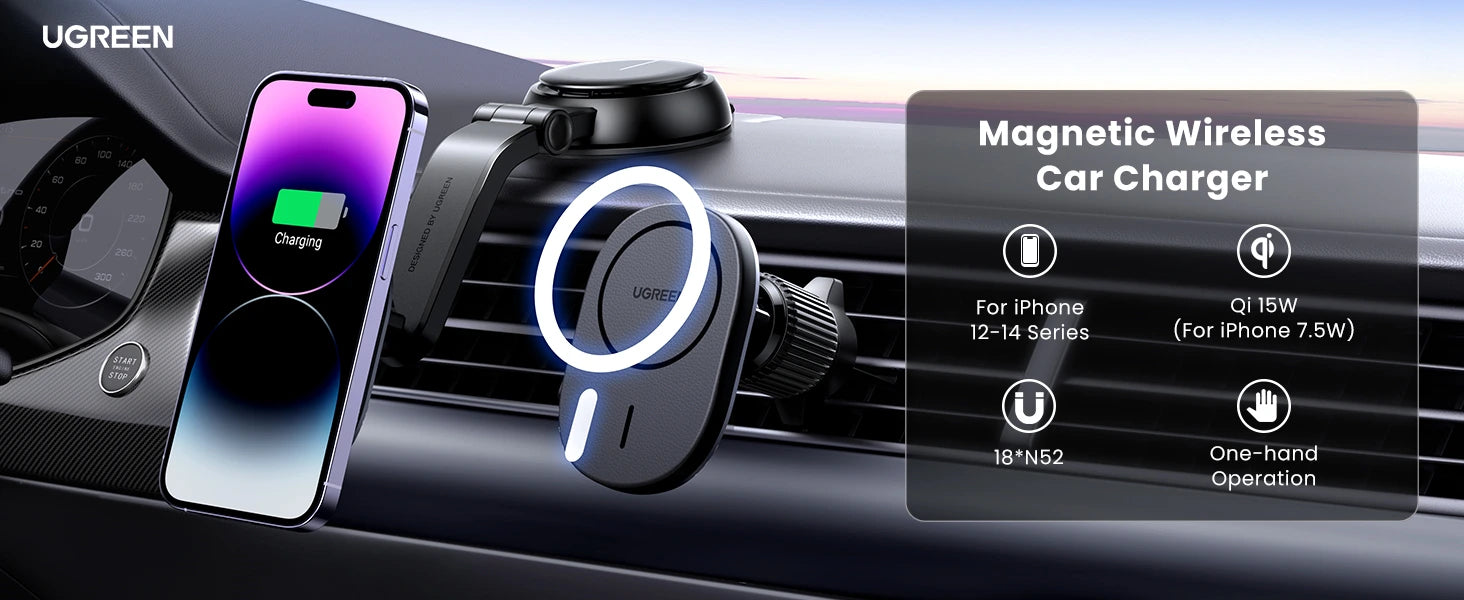
Benefits of Wireless Charging
Wireless charging offers several advantages over traditional wired charging methods, making it an increasingly popular choice for powering up devices.
Convenience and Improved Durability
Wireless charging eliminates the need for cords and cables, reducing clutter and making charging more hassle-free. By reducing wear and tear on charging ports, wireless charging can also help extend the lifespan of your devices, especially those with fragile or hard-to-replace charging ports.
Clean Aesthetic and Public Infrastructure
Wireless charging pads offer a cleaner and more streamlined look compared to tangled wires, and they have the potential for integration into furniture, allowing for seamless and convenient charging. Moreover, wireless charging technology can enable the development of public charging spots in cafes, airports, and other public spaces, enhancing the convenience and accessibility of charging on the go.
Versatility Across Devices
Many wireless charging pads, like the UGREEN 15W MagSafe Wireless 10000mAh Power Bank, are compatible with various devices, including smartphones, smartwatches, and wireless earbuds, simplifying the charging process and reducing the number of chargers needed.
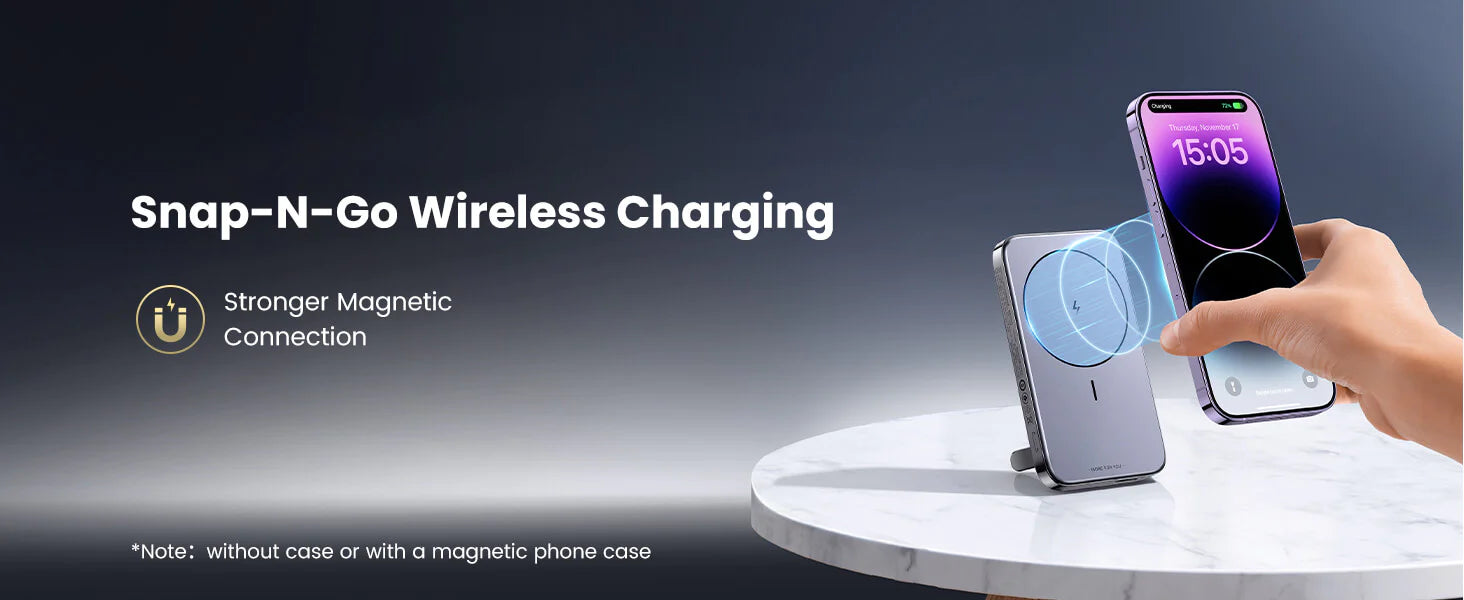
Potential Drawbacks of Wireless Charging
While wireless charging offers many advantages, it also has some potential drawbacks. One of the main disadvantages is that wireless charging is generally slower than wired charging. This is because the efficiency of energy transfer is lower in wireless charging compared to a direct wired connection. Additionally, older devices may not be compatible with wireless charging, which can limit its widespread adoption.
Factors Affecting Wireless Charging Efficiency
Several factors can impact the efficiency and performance of wireless charging. Understanding these factors can help you optimize your wireless charging experience.
- Distance and Alignment. The distance between the device and the charging pad plays a crucial role in determining the charging speed. The greater the distance, the slower the charging process. Proper alignment between the device and the charging pad is also essential for optimal charging.
- Case Thickness and Material. The thickness and material of a device's case can also affect wireless charging performance. Thick cases or those with metal components can interfere with the magnetic field and reduce charging efficiency.
- Charger Quality and Compatibility. The quality of the wireless charger and its compatibility with your device can significantly impact charging efficiency. Using a high-quality, compatible charger from a reputable brand like UGREEN can ensure optimal charging performance.
- Temperature and Environment. Extreme temperatures and environmental factors, such as humidity, can affect wireless charging efficiency. Charging in a cool, dry place can help maintain optimal charging conditions.
Tips for Optimizing Your Wireless Charging Experience
To get the most out of your wireless charging experience, there are a few tips you can follow.
Ensure Proper Alignment
Firstly, ensure that your device is properly aligned with the charging pad. Most wireless chargers have a sweet spot where the charging coils are aligned, so make sure your device is placed correctly. Proper alignment is crucial for efficient and effective charging.
Use Compatible Cases
Secondly, use cases that are compatible with wireless charging. Some cases, especially those with thick or metallic materials, can hinder the charging process. Opting for wireless charging-friendly cases can ensure optimal charging performance.
Invest in High-Quality Wireless Chargers
Lastly, invest in high-quality wireless charging devices from reputable brands like UGREEN. Cheap, low-quality usb c chargers may not only charge slowly but also potentially damage your devices. Choosing a high-quality wireless charger ensures a safe and efficient charging experience.
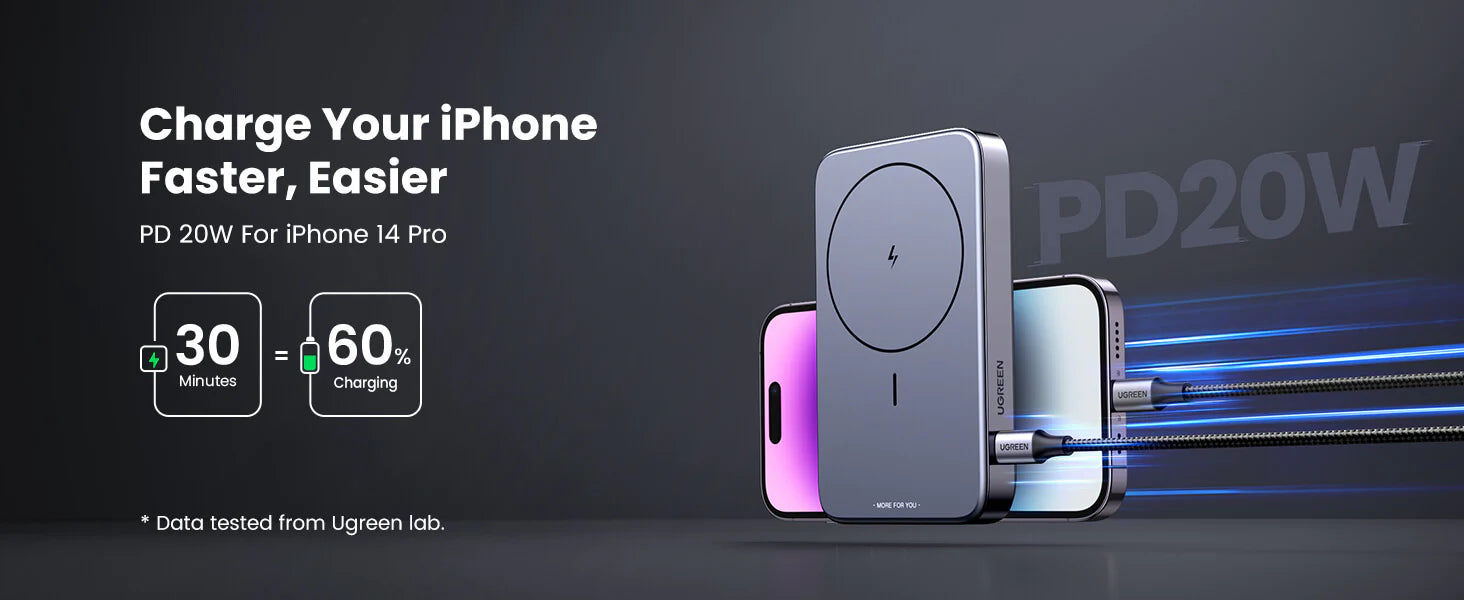
Conclusion
Wireless charging is a convenient and innovative technology that is changing the way we power our devices. By understanding how wireless charging works, its benefits, and the factors that affect its efficiency, you can make informed decisions when choosing a wireless charging solution for your needs.


